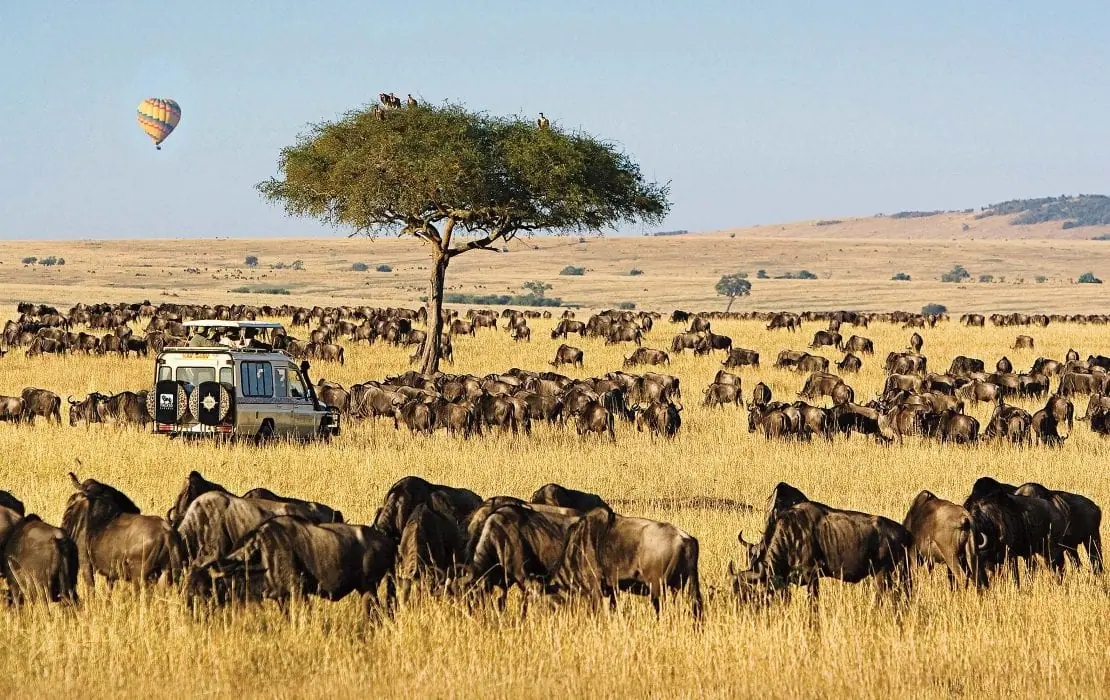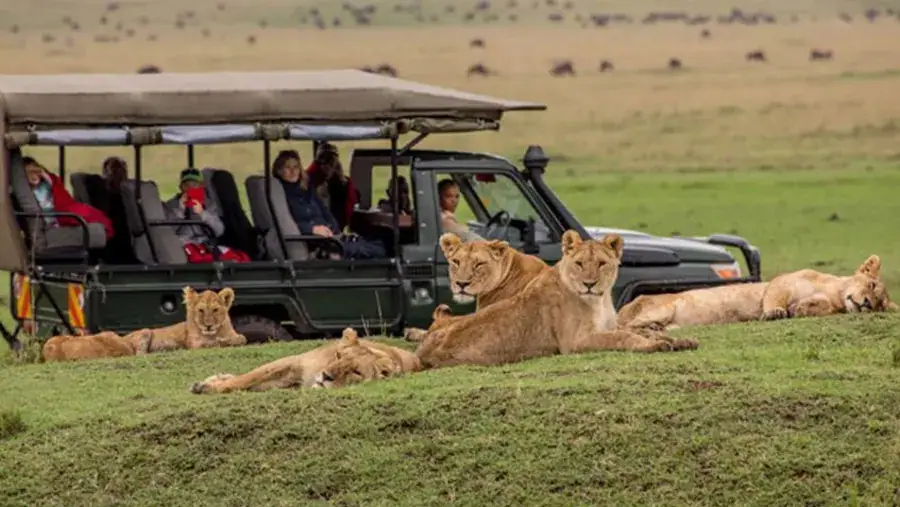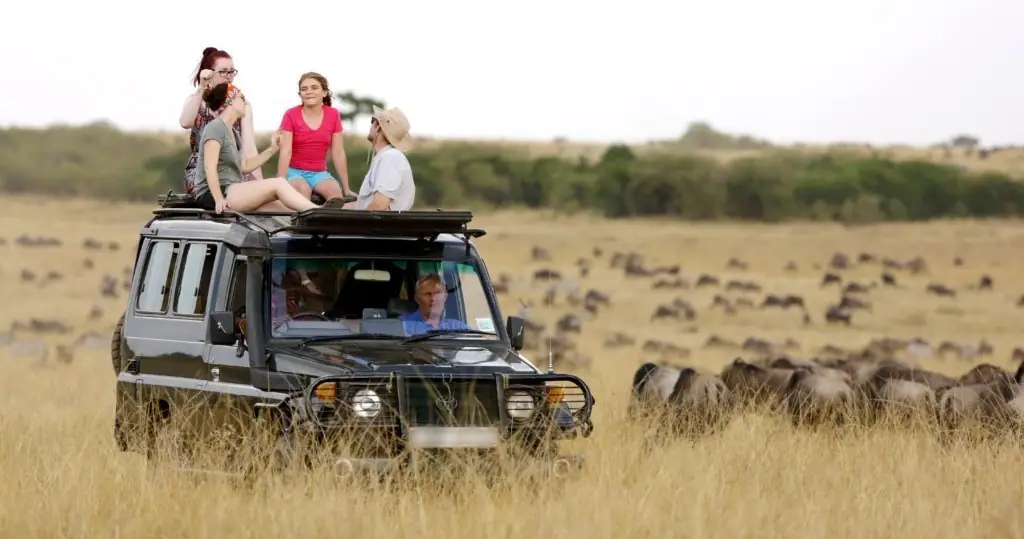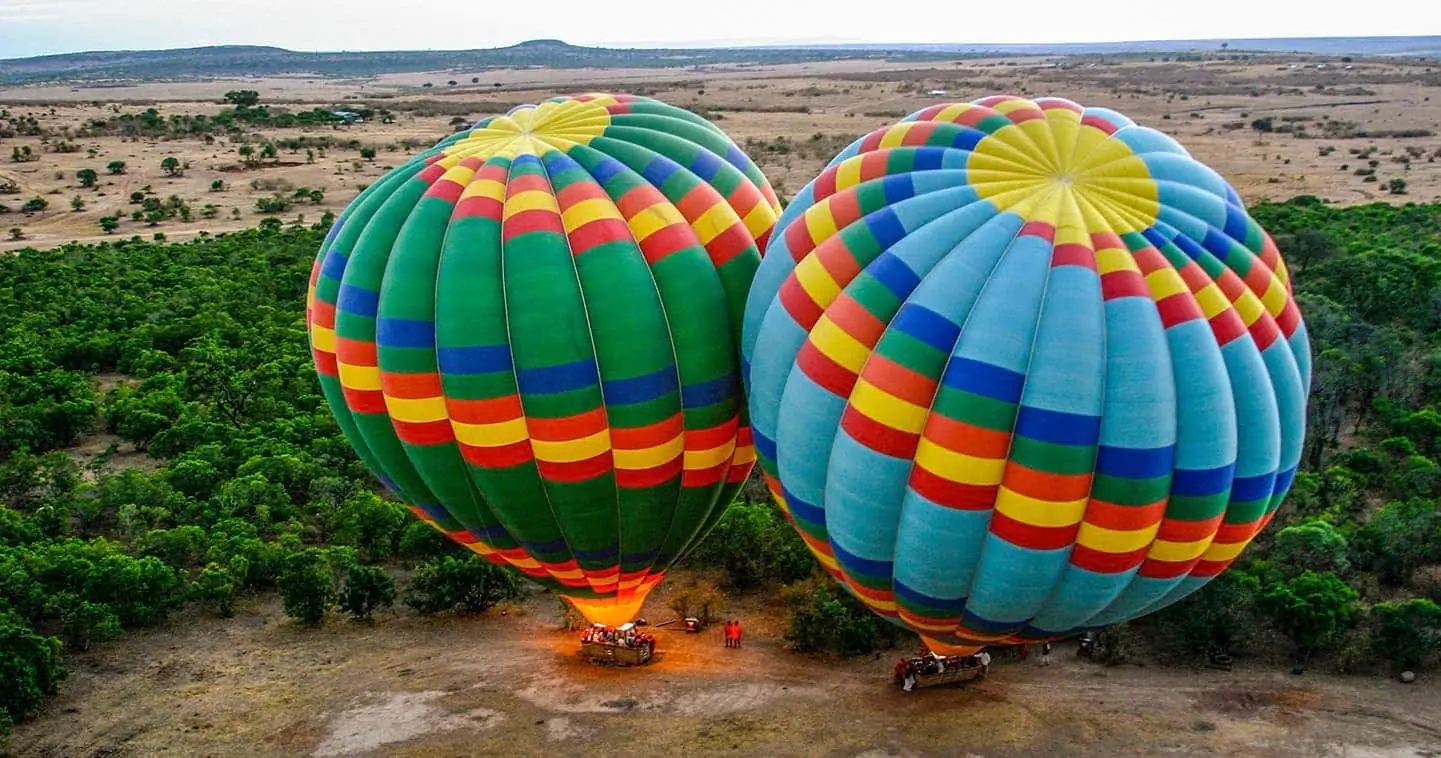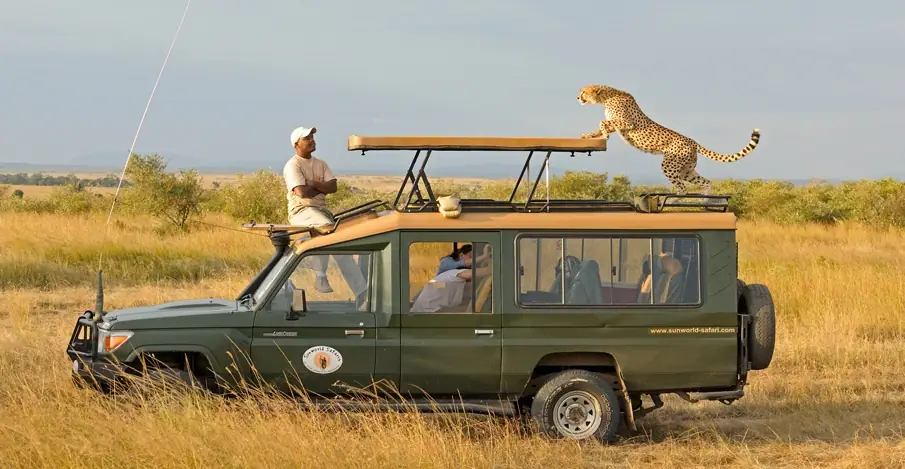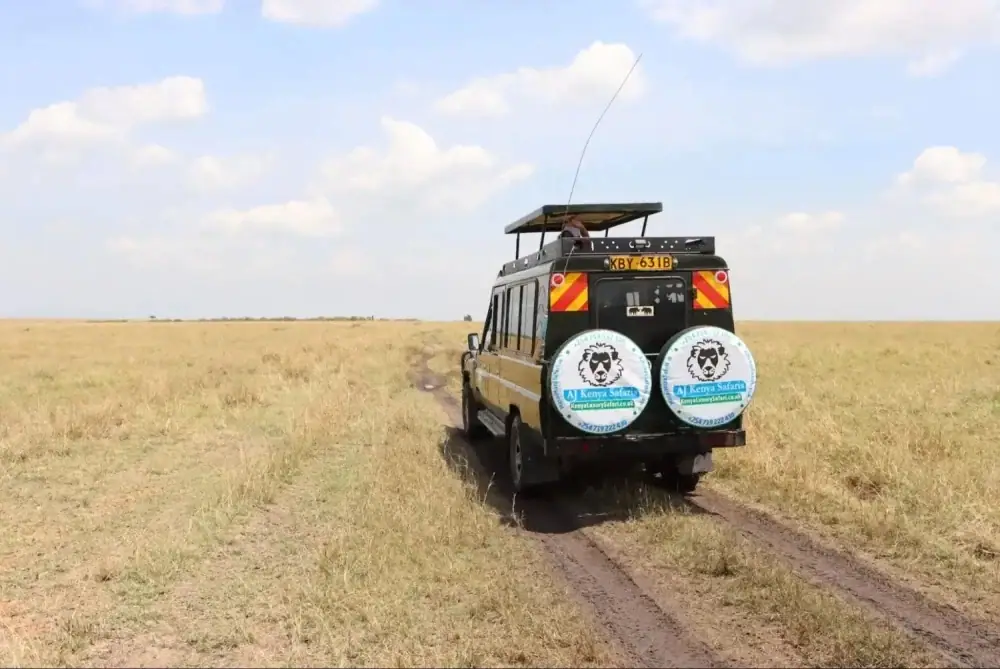The Essential Guide to the Masai People
Table of Contents
Introduction to the Maasai
The Maasai tribe is an indigenous ethnic group in East Africa, primarily settled in Kenya and northern Tanzania. Known for their unique culture and distinctive tribal dress, the Maasai people are one of the foremost African ethnic groups. They are a Nilotic ethnic group inhabiting selected parts of northern, central, and southern Kenya and northern Tanzania.
With an estimated population of around 900,000, the Maasai are a Nilotic ethnic group inhabiting northern, central, and southern Kenya, as well as northern Tanzania. They are a source of great interest and intrigue worldwide, with a rich culture and history worth exploring.
The Maasai began to shape their identity around their nomadic lifestyle, traditional customs, and significant practices surrounding their communal living and societal structure.
Maasai Origins and History
The Maasai, historically a nomadic people, originated from northern Africa and migrated southwards during the 15th century, eventually settling in the Great Rift Valley. At its largest, the Maasai territory covered almost all of the Great Rift Valley and adjacent lands in the mid-19th century.
The Maasai have a long and complex history, shaped by influences from other tribes and European settlers. Unfortunately, they were forced to leave their fertile lands in Tanzania and Kenya to make way for national parks and wildlife reserves.
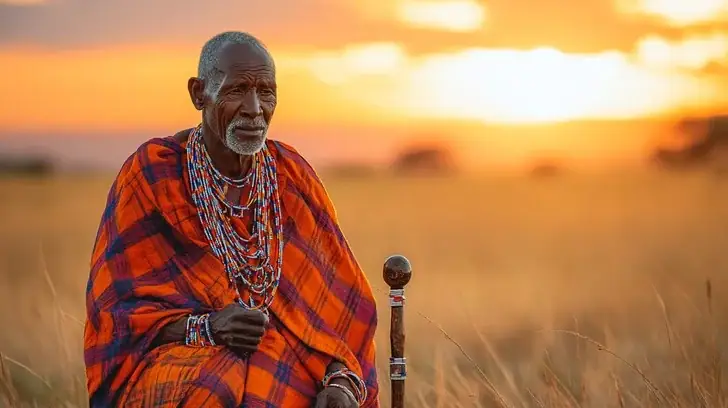
Maasai Social Structure
Maasai society is patriarchal, with elder Maasai men making major decisions. A man’s wealth is measured by the number of children and cattle he has. The Maasai men are divided into different age groups, including junior warriors, senior warriors, junior elders, and senior elders.
Maasai women are responsible for daily chores such as fetching water and firewood, cooking, and milking cows. The Maasai have a strong sense of community, focusing on family and social bonds. Both Maasai men and women shave their heads to celebrate rites of passage.
Maasai Cultural Practices
The Maasai are renowned for their traditional dress, which varies by sex, age, and place. Maasai clothing varies by sex, age, and place, with red being a favored color. A Maasai warrior, known for their distinctive hair styles and traditional roles, holds a significant place in Maasai culture. Young Maasai warriors wear black for several months after their circumcision. The Maasai warriors are the only ones allowed to wear long hair styled in thin braids. Red is identified with Engai’s irritation.
Maasai children undergo important cultural practices such as naming ceremonies and rites of passage, which are crucial in their transition to adulthood. The Maasai diet includes raw meat, milk, and occasionally, raw blood, with cows being their most valuable possession. The Maasai have supplemented their diet with farm crops such as maize meal, rice, and cabbage.
They have a rich cultural heritage, with music and dance playing an important role in their traditions and rituals. The Maasai speak the Maa language, which is crucial to their culture and identity. The Maasai people don’t use instruments when they are singing or dancing. The olaranyani is usually the person who can best sing that song.
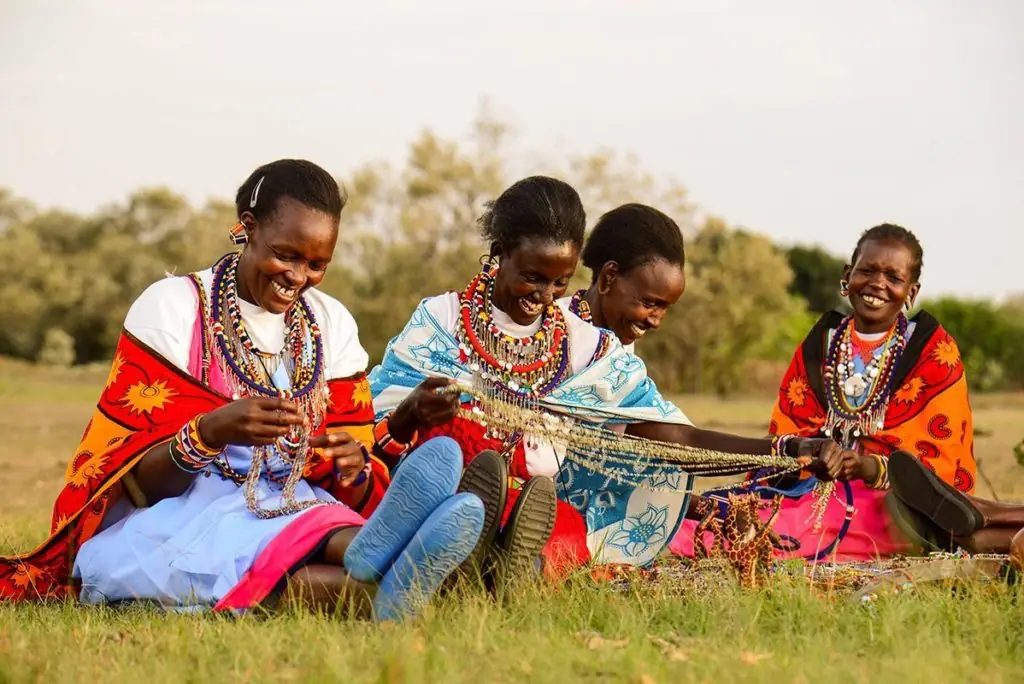
Maasai Traditions and Rituals
Lion hunting, once a traditional practice among the Maasai, was seen as a demonstration of bravery and manhood, although it has largely been abandoned. The Maasai have important rituals, including the “Emutai” and the “jumping dance,” a traditional Maasai dance. They have a strong spiritual tradition, believing in a God named Engai or Enkai, who manifests in different colors. Engai has two manifestations: Enkai-Narok, the Black God, and Enkai-na-Nyokie, the Red God. Enkai-na-Nyokie is vengeful, brings famine and hunger, and is found in lightning. The Maasai people are monotheistic and their God is named Engai or Enkai.
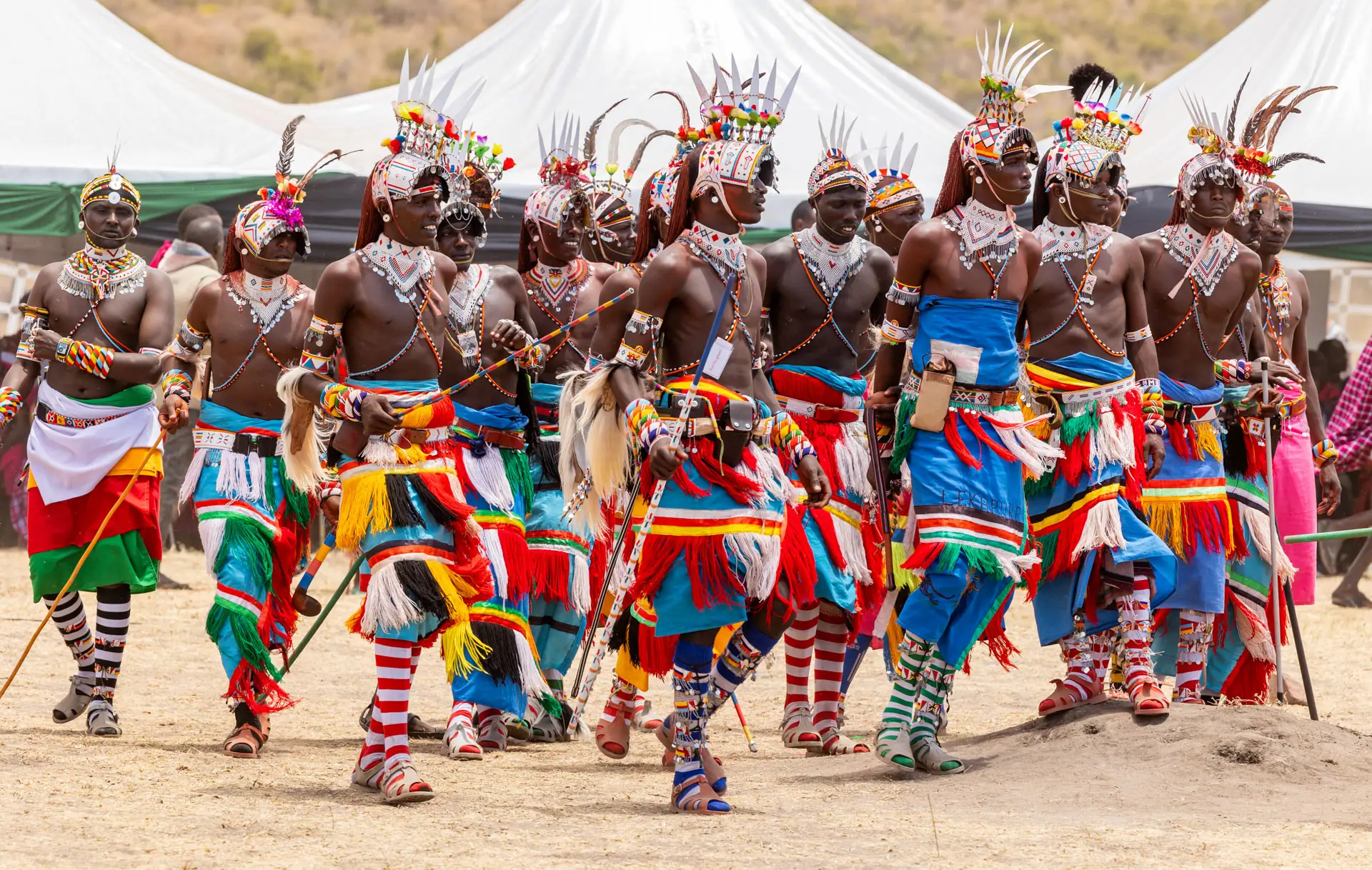
According to a Maasai myth, God granted them all the cattle on earth, which justifies their cultural practice of reclaiming cattle from other tribes. The traditional Maasai diet consists of meat, blood, milk, fat, honey, and tree bark. The Maasai also have a unique tradition of drinking fresh cattle blood, believed to provide essential nutrients and strength. Additionally, the Maasai drink both fresh and curdled milk, sometimes mixed with cattle blood. The Maasai’s entire way of life revolves around their cattle as their primary source of food.
Maasai women recite lullabies as part of their musical tradition, conveying admiration and praise for their sons during communal celebrations.
Maasai Family and Community
Maasai tribes typically have large families, with multiple wives and children, and a strong sense of community and social bonds. The Maasai emphasize family and community, focusing on cooperation and mutual support.
They have a traditional system of governance, with elder men playing a key role in decision-making. Known for their hospitality, the Maasai’s community often greets visitors with traditional Maasai ceremonies.
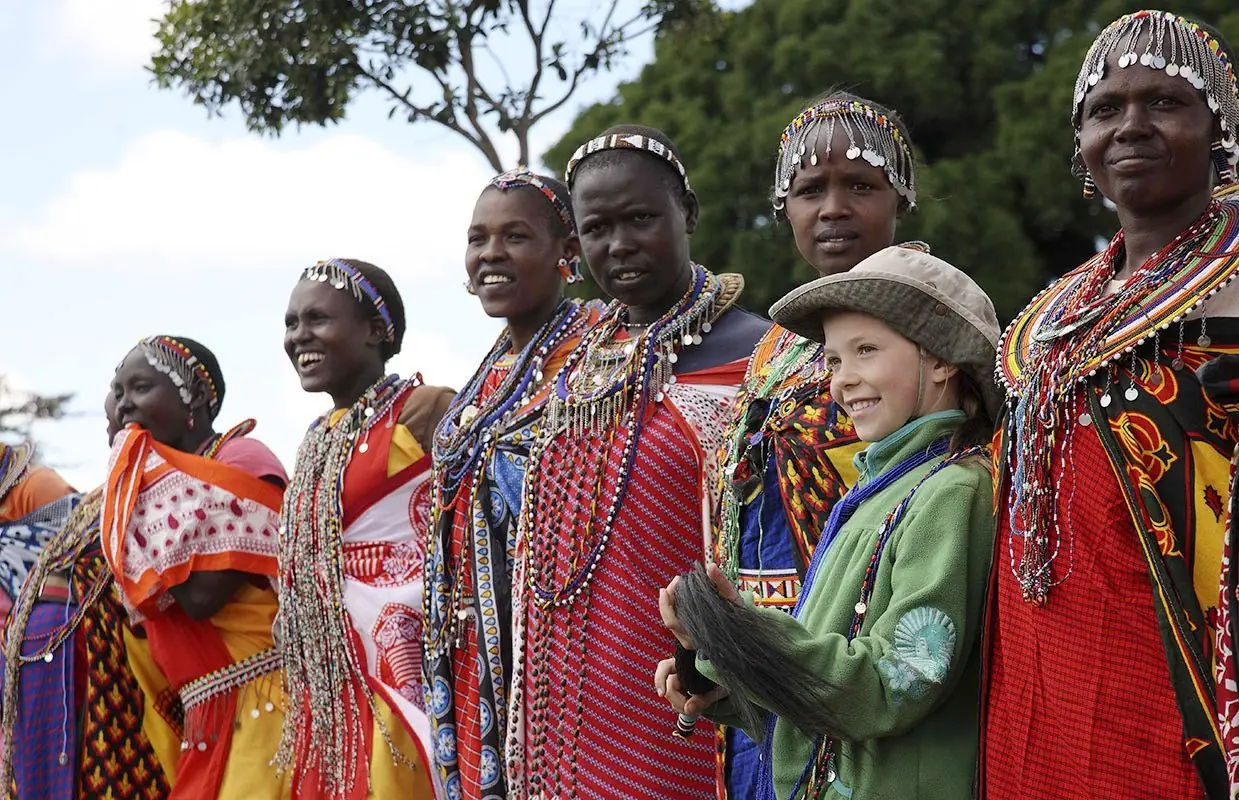
Maasai Language and Communication
The Maasai speak the Maa language, a Nilotic language related to Dinka, Kalenjin, and Nuer. The Maasai language is an important part of their culture and identity, with unique grammar and vocabulary. Many Maasai also speak Swahili and English, the official languages of Tanzania and Kenya.
They have a rich tradition of storytelling and oral communication, emphasizing the passing down of cultural knowledge and traditions.
Maasai Music and Dance
Music and dance are vital in Maasai culture, focusing on traditional instruments and rhythms. Maasai women wear traditional jewelry and body ornamentation, which they craft through weaving and beading. All of their music is vocal, except for the large horns used for certain songs.
The Maasai are known for vibrant dance performances featuring high jumps and synchronized movements. Their unique tradition of music and dance is an essential part of their cultural heritage, often performed during traditional ceremonies and rituals. The peak season for singing and dancing is during the rains. Their music comprises of rhythms rendered by a chorus of vocalists singing harmonies.
Maasai Interaction with the Modern World
The Maasai have adapted to modern world challenges, including the loss of traditional lands and the impact of tourism. The Maasai people have a deep connection to the Masai Mara region, which is central to their cultural identity and traditional way of life. Kenyan and Tanzanian governments have programs encouraging the Maasai to adopt a more modern lifestyle. Today most of the Maasai people are Christians, and very few are Muslims.
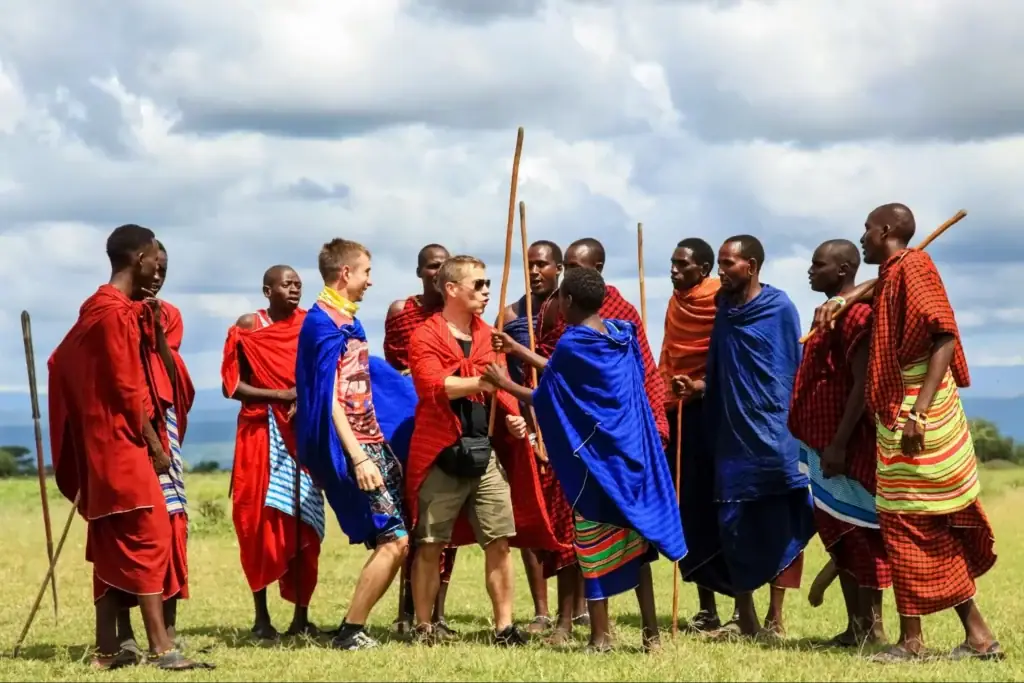
Many Maasai have transitioned from a nomadic life to roles in business, commerce, and government. They balance their traditional way of life with modern demands, including education and economic development.
Maasai Geography and Environment
Traditionally, the Maasai inhabited the Great Rift Valley and adjacent lands, focusing on grazing land and fertile soils. The Maasai believe they were afforded all the cattle on earth by God, which reinforces the significance of cattle in their society and customs.
They have adapted to climate change and environmental challenges, including drought and land degradation. Cow dung is used as an important building material in the traditional housing of the Maasai tribe, smeared on the walls of their houses.
The Maasai have a strong connection to the natural environment, emphasizing conservation and sustainable land use. The traditional Maasai shelter is constructed using indigenous materials and reflects their nomadic lifestyle.
Their traditional knowledge of the environment highlights living in harmony with nature. A traditional Maasai house is designed to be temporary and is primarily built by women using local materials.
The unusual and interesting housing of the Maasai tribe is characterized by circular or loaf-shaped forms, reflecting their nomadic lifestyle. The traditional Maasai house is circular or loaf-shaped and made by women. The circular enkang, or fence, built around their villages serves to protect their livestock from nocturnal threats posed by wild animals. The Maasai villages are enveloped in a circular fence built by men to protect their cattle.
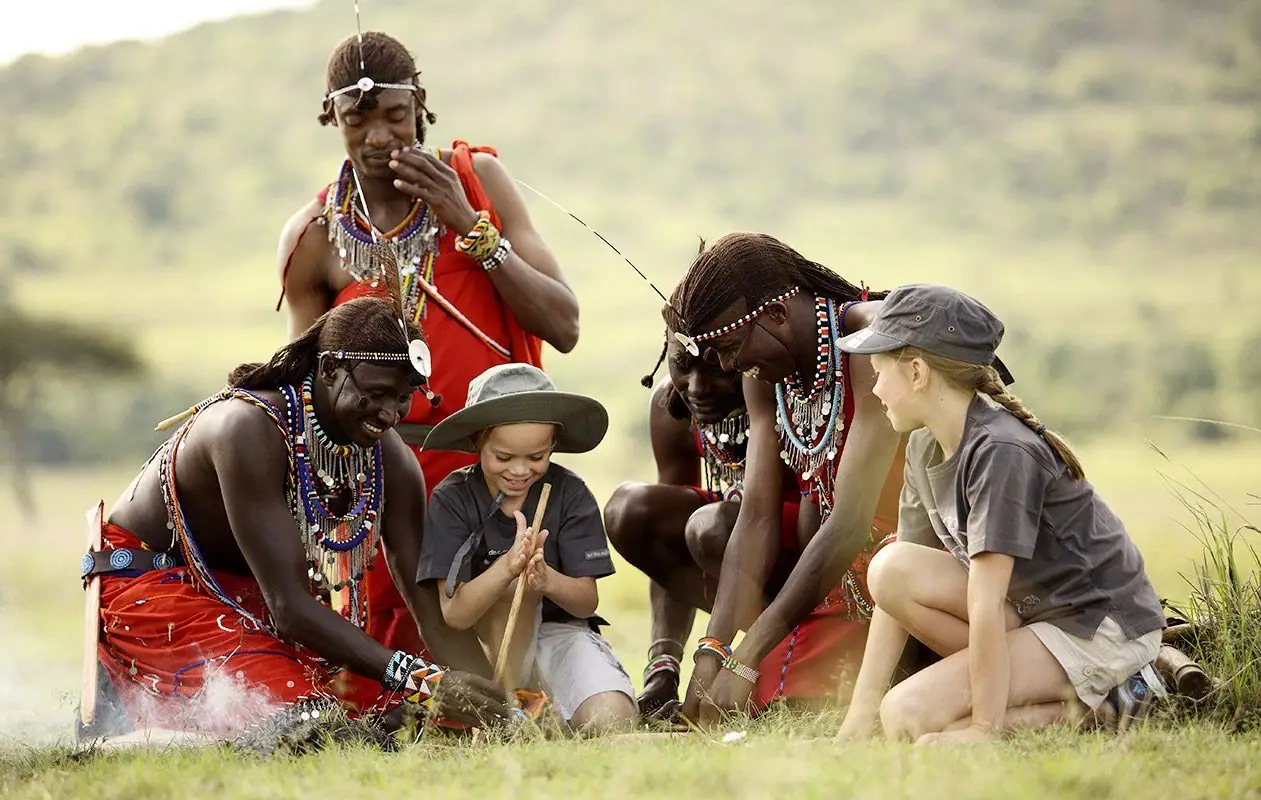
Other Information About Masai Mara and Conservancy:
Welcome to AjKenya Safaris
Thanks for stopping by! We’re excited to help you plan an unforgettable safari.
- Phone: +254 748 258880
- WhatsApp: +254 748 258880
- Email: [email protected]
- Email: [email protected]

